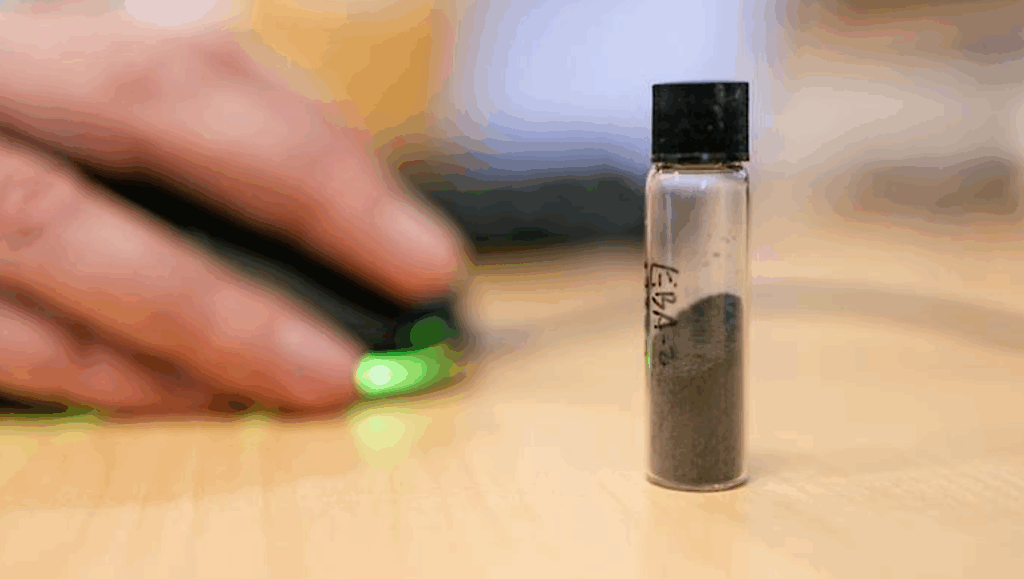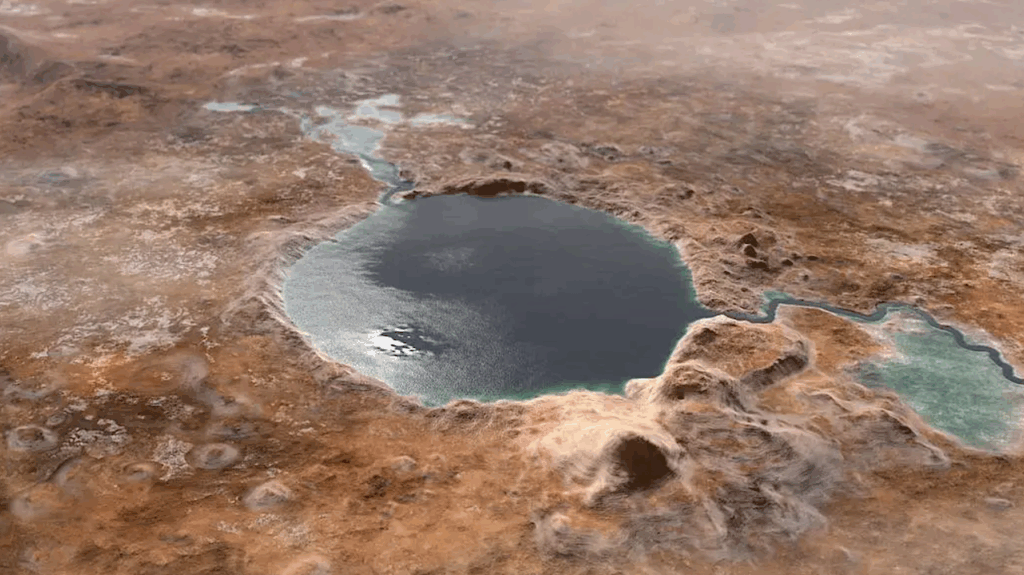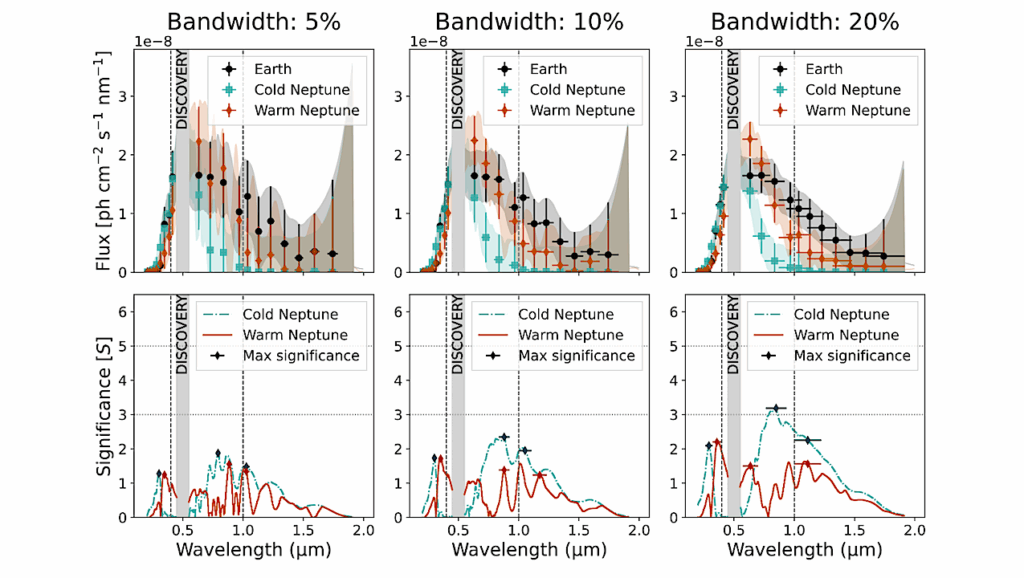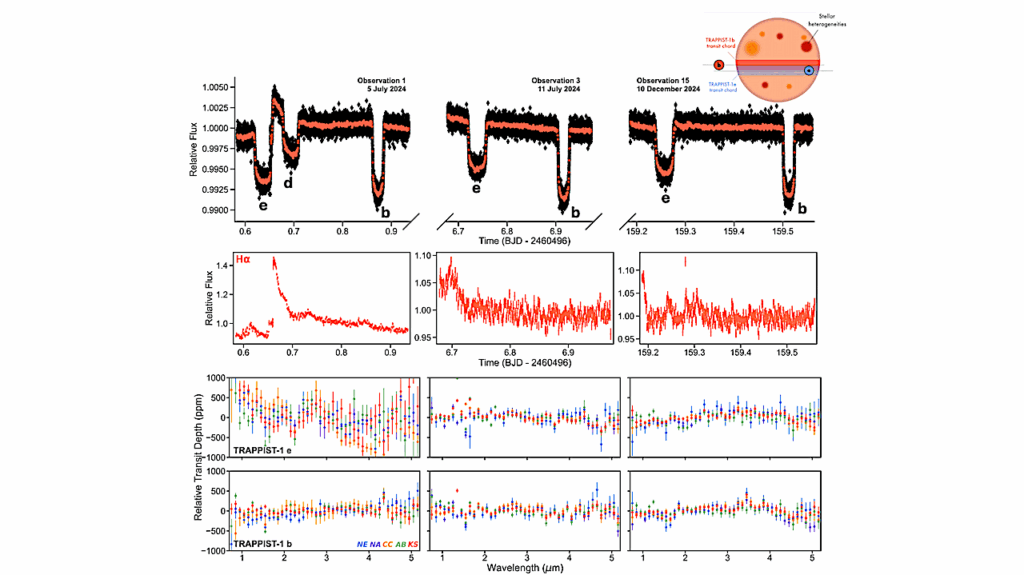Separating The Effects Of Earthside And Far Side Solar Events. A Case Study

On 8 November 2013 a halo-type coronal mass ejection (CME) was observed, together with flares and type II radio bursts, but the association between the flares, radio bursts, and the CME was not clear.
Our aim is to identify the origin of the CME and its direction of propagation, and to exclude features that were not connected to it. On the Earth-facing side, a GOES C5.7 class flare occurred close to the estimated CME launch time, followed by an X1.1 class flare. The latter flare was associated with an EUV wave and metric type II bursts.
On the far side of the Sun, a filament eruption, EUV dimmings, and ejected CME loops were observed by imaging instruments onboard the Solar TErrestrial RElations Observatory (STEREO) spacecraft that were viewing the backside of the Sun. The STEREO radio instruments observed an interplanetary (IP) type II radio burst at decameter-hectometric wavelengths, which was not observed by the radio instrument onboard the Wind spacecraft located at L1 near Earth. We show that the halo CME originated from the eruption on the far side of the Sun, and that the IP type II burst was created by a shock wave ahead of the halo CME.
The radio burst remained unobserved from the earthside, even at heliocentric source heights larger than 9 solar radii. During the CME propagation, the X-class flare eruption caused a small plasmoid ejection earthward, the material of which was superposed on the earlier CME structures observed in projection. The estimated heights of the metric type II burst match well with the EUV wave launched by the X-class flare. As this radio emission did not continue to lower frequencies, we conclude that the shock wave did not propagate any further. Either the shock driver died out, as a blast wave, or the driver speed no longer exceeded the local Alfven speed.
Silja Pohjolainen, Nasrin Talebpour Sheshvan, Christian Monstein
Subjects: Solar and Stellar Astrophysics (astro-ph.SR); Space Physics (physics.space-ph)
Cite as: arXiv:2310.04765 [astro-ph.SR] (or arXiv:2310.04765v1 [astro-ph.SR] for this version)
Journal reference: Advances in Space Research, Volume 72, Issue 9, 1 November 2023, Pages 4074-4081
Related DOI:
https://doi.org/10.1016/j.asr.2023.09.009
Focus to learn more
Submission history
From: Silja Pohjolainen
[v1] Sat, 7 Oct 2023 10:00:53 UTC (4,325 KB)
https://arxiv.org/abs/2310.04765
Astrobiology








